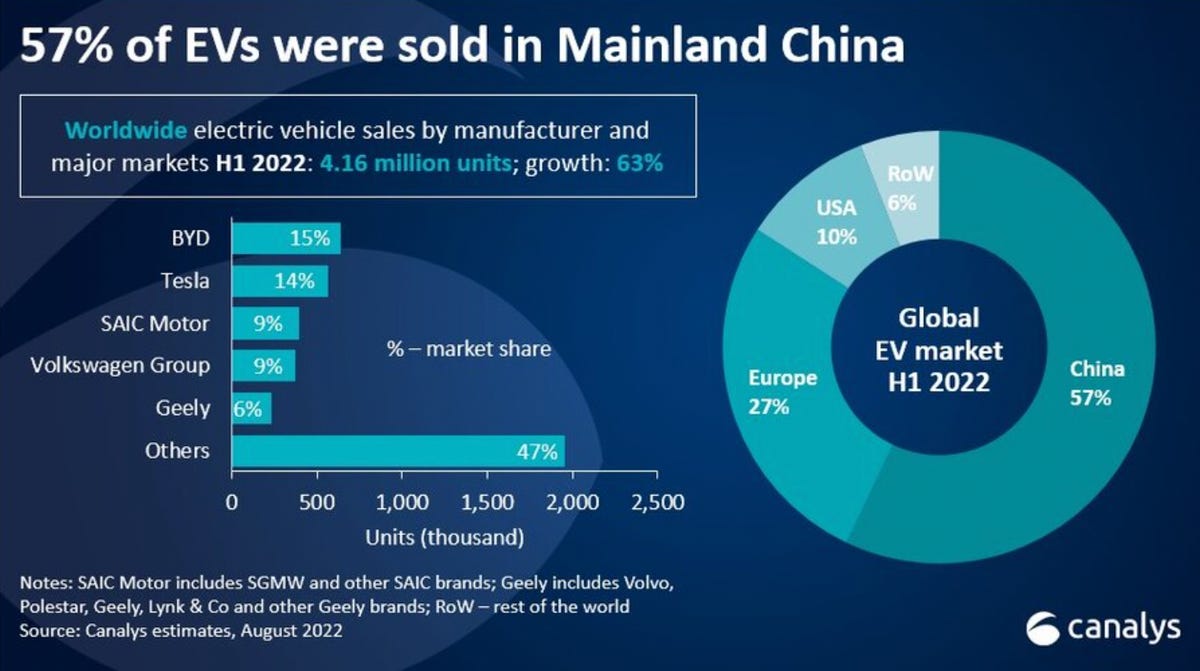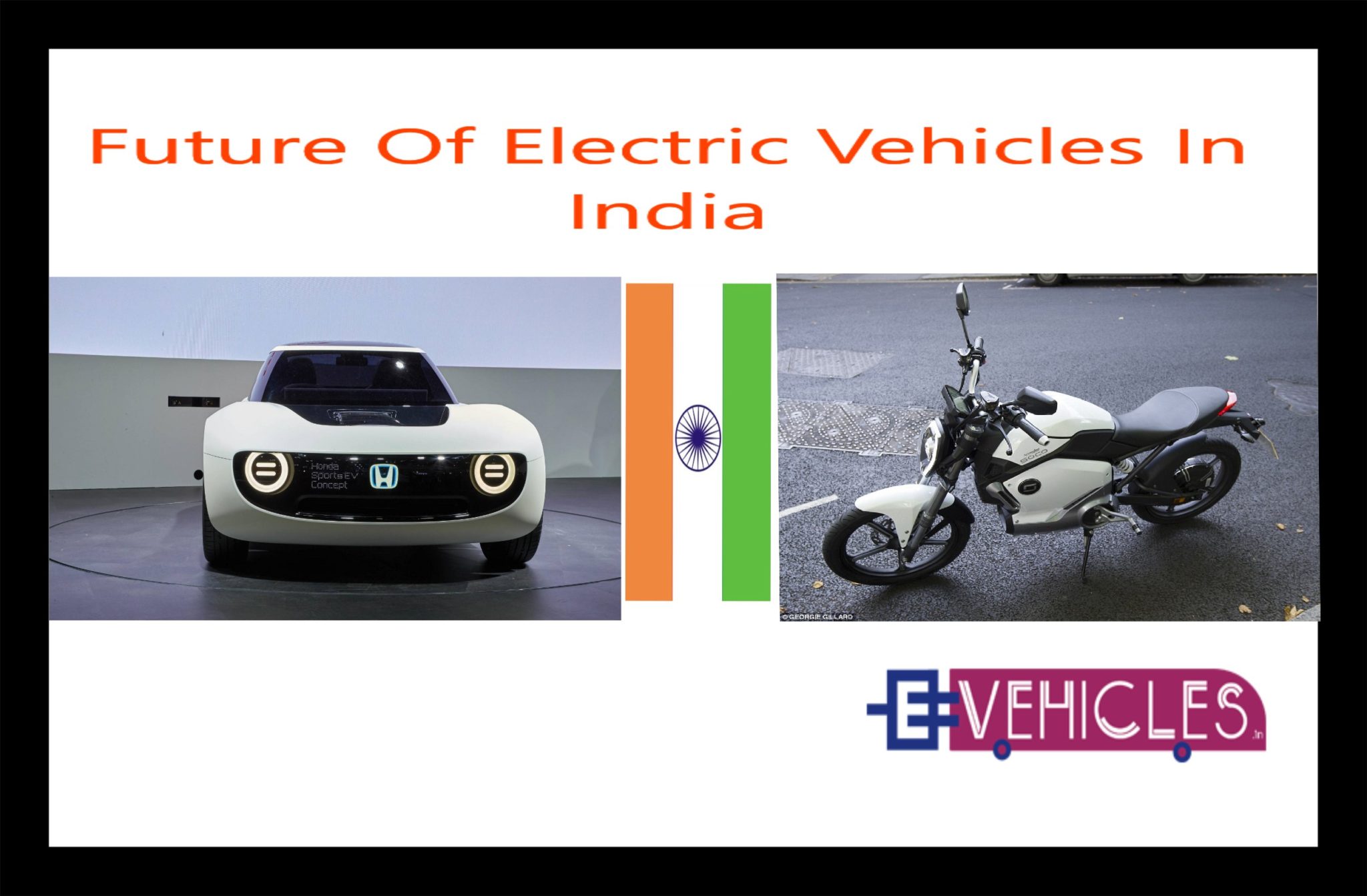China's EV Industry: A Threat Or Opportunity For The US Market?

Table of Contents
China's EV Manufacturing Prowess and Technological Advancements
China's dominance in the EV sector isn't accidental; it's a result of a potent combination of scale, government support, and technological innovation.
Scale and Cost Advantages
The sheer scale of Chinese EV production is a significant competitive advantage. Manufacturers like BYD, NIO, and Xpeng are producing EVs at volumes dwarfing many of their Western counterparts. This mass production leads to significant cost reductions, allowing them to offer competitively priced vehicles in both the domestic and international markets.
- BYD: A leading global player, BYD's production capacity and innovative battery technology are pushing the boundaries of EV manufacturing.
- NIO: Known for its premium EVs and battery swap technology, NIO is aggressively expanding its global presence.
- Xpeng: Focusing on smart EVs and autonomous driving features, Xpeng is a key innovator in the Chinese EV landscape.
- Battery Production: China dominates the global supply chain for EV batteries, boasting massive production capacity and ongoing advancements in battery chemistry (like Lithium Iron Phosphate - LFP batteries).
Government Support and Subsidies
The Chinese government has actively fostered the growth of its EV industry through substantial financial incentives and supportive policies. This includes:
- Subsidies and Tax Breaks: Direct financial support to EV manufacturers and consumers has spurred demand and accelerated production.
- Infrastructure Development: Massive investments in charging infrastructure have created a robust network across China, making EV ownership more convenient.
- Research and Development Funding: Significant government funding for EV-related research has fueled innovation in battery technology, autonomous driving, and other crucial areas. This contrasts with the more fragmented and often less generous approach to EV subsidies in the US.
Technological Innovation in Chinese EVs
Beyond sheer volume, Chinese EV manufacturers are making significant strides in technological innovation:
- Battery Technology: Advancements in LFP battery technology are improving range, lowering costs, and enhancing safety.
- Autonomous Driving Systems: Chinese companies are investing heavily in developing advanced driver-assistance systems (ADAS) and autonomous driving capabilities.
- Connectivity and Software: Chinese EVs often boast advanced in-car infotainment systems and connectivity features.
- Partnerships: Collaborations with foreign technology firms are accelerating the transfer of knowledge and expertise.
The US Market Response to the Rise of Chinese EVs
The influx of Chinese EVs into the US market is forcing established automakers to adapt and compete.
Competition and Market Share
Chinese EV imports are gradually increasing their market share in the US, putting pressure on both domestic and international brands. This is leading to increased competition and price wars.
- Sales Data: While still a relatively small percentage of the overall US EV market, Chinese EV sales are steadily climbing.
- Market Share Projections: Analysts predict continued growth for Chinese EV brands in the US market in the coming years.
Consumer Perception and Brand Recognition
Consumer perception of Chinese EV brands is evolving. While initial skepticism might have existed, improved quality, competitive pricing, and innovative features are changing attitudes.
- Brand Awareness: Marketing campaigns and positive reviews are gradually raising brand awareness among US consumers.
- Consumer Surveys: Data suggests a growing willingness among US consumers to consider Chinese EV brands.
Trade Relations and Policy Implications
US-China trade relations significantly impact the import and sale of Chinese EVs in the US.
- Tariffs and Trade Disputes: Trade tensions and tariffs could hinder the growth of Chinese EV imports into the US market.
- Future Regulations: Potential future regulations concerning EV imports could further shape the competitive landscape.
Opportunities for Collaboration and Partnerships
Despite the competitive aspects, there are significant opportunities for collaboration between US and Chinese EV companies.
Joint Ventures and Technology Transfer
Joint ventures could leverage the strengths of both sides, leading to technological advancements and expanded market reach.
- Example: A hypothetical joint venture could combine US expertise in software development with Chinese strengths in battery technology.
Supply Chain Integration
US companies can participate in the global EV supply chain by supplying components or services to Chinese manufacturers.
- Example: US companies could supply specialized materials for EV batteries or provide advanced manufacturing equipment.
Shared Research and Development
Joint research efforts could accelerate innovation in critical areas like battery technology and autonomous driving.
- Example: Collaboration on next-generation battery technologies could benefit both countries.
Conclusion
China's EV industry presents a complex picture for the US market – a blend of competitive threat and collaborative opportunity. China's massive production scale, government support, and technological advancements are undeniable forces. However, the US market's response, consumer perceptions, and the potential for collaboration will ultimately determine the long-term impact. Understanding China's EV industry is crucial for navigating the future of the US EV market. Staying informed about the latest developments in this rapidly evolving sector is vital for both businesses and consumers looking to participate in and benefit from the global electric vehicle revolution.

Featured Posts
-
 Fans Analyze Anna Kendricks Body Language In Blake Lively Interview
May 04, 2025
Fans Analyze Anna Kendricks Body Language In Blake Lively Interview
May 04, 2025 -
 The Future Of Electric Vehicles A Us China Showdown
May 04, 2025
The Future Of Electric Vehicles A Us China Showdown
May 04, 2025 -
 How Lizzos Weight Loss Is Inspiring Fans Worldwide
May 04, 2025
How Lizzos Weight Loss Is Inspiring Fans Worldwide
May 04, 2025 -
 Indy Car Series Foxs Inaugural Season Coverage
May 04, 2025
Indy Car Series Foxs Inaugural Season Coverage
May 04, 2025 -
 Hospital Hammer Threat Investigation Into Belfast Mans Actions
May 04, 2025
Hospital Hammer Threat Investigation Into Belfast Mans Actions
May 04, 2025
Latest Posts
-
 Gigi Hadids 30th Birthday Public Display Of Affection With Bradley Cooper On Instagram
May 04, 2025
Gigi Hadids 30th Birthday Public Display Of Affection With Bradley Cooper On Instagram
May 04, 2025 -
 The Bradley Cooper Leonardo Di Caprio Friendship Broken By Gigi Hadid
May 04, 2025
The Bradley Cooper Leonardo Di Caprio Friendship Broken By Gigi Hadid
May 04, 2025 -
 The Gigi Hadid Bradley Cooper And Leonardo Di Caprio Triangle A Drama Free Zone
May 04, 2025
The Gigi Hadid Bradley Cooper And Leonardo Di Caprio Triangle A Drama Free Zone
May 04, 2025 -
 Gigi Hadid Bradley Cooper And Leonardo Di Caprio A Hollywood Love Triangle
May 04, 2025
Gigi Hadid Bradley Cooper And Leonardo Di Caprio A Hollywood Love Triangle
May 04, 2025 -
 Gigi Hadid And Bradley Cooper Instagram Official Steamy Kiss Photo Confirms Romance
May 04, 2025
Gigi Hadid And Bradley Cooper Instagram Official Steamy Kiss Photo Confirms Romance
May 04, 2025
